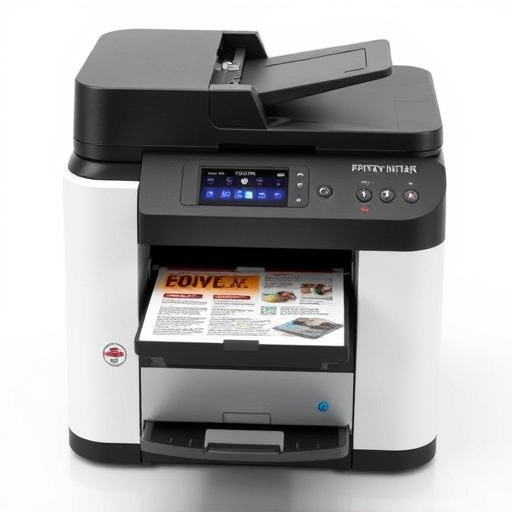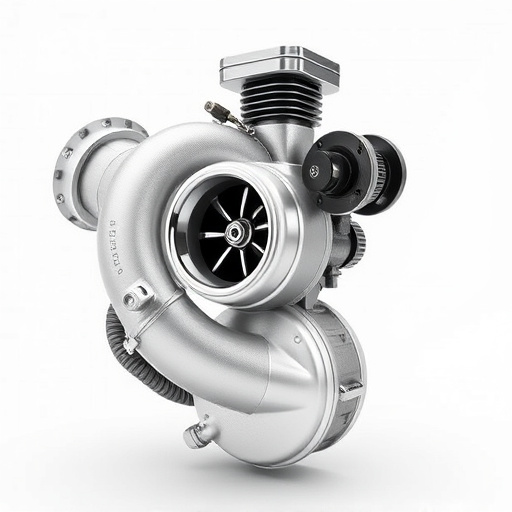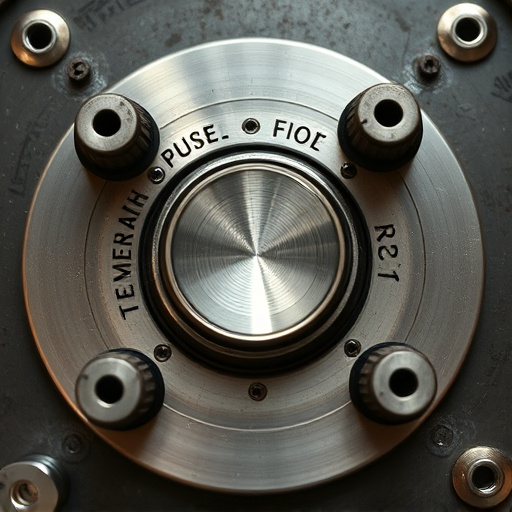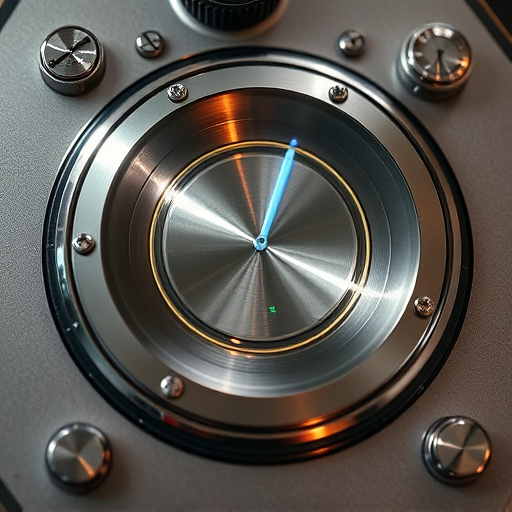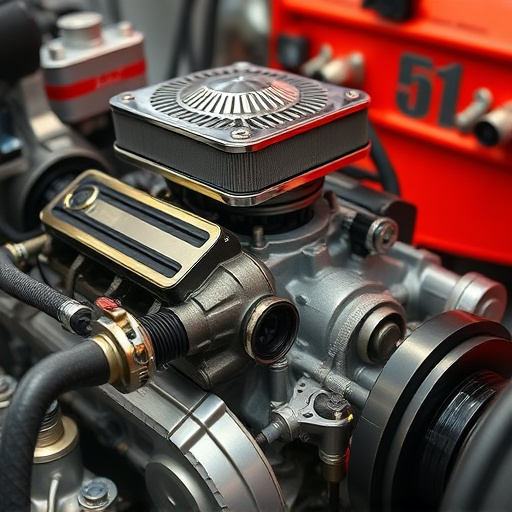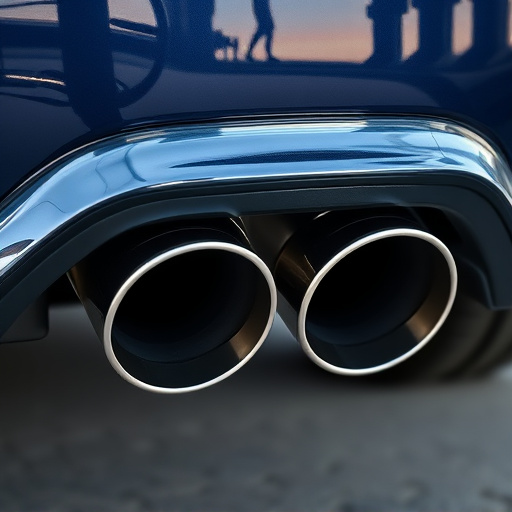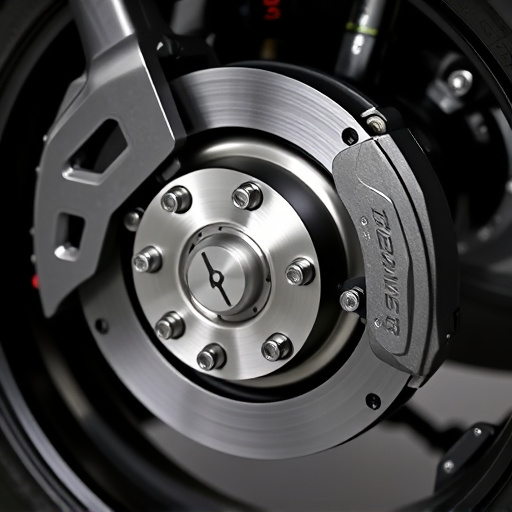Engine air intake upgrades significantly enhance vehicle performance and efficiency by optimizing airflow, increasing power output, and improving fuel economy. Key components like air filters, intake manifolds, and cold air intakes ensure efficient combustion, promoting better engine health for daily drivers and race cars. Upgrading air intakes offers long-term benefits, including improved fuel efficiency, reduced wear on engine parts, and optimized exhaust system performance, leading to cost savings over time.
Engine air intake upgrades are not just about enhancing performance; they offer long-term value that can significantly impact your vehicle’s longevity and cost-effectiveness. This article delves into the transformative power of these upgrades, exploring key aspects such as improved engine efficiency, reduced fuel consumption, and enhanced overall performance. By understanding how engine air intake modifications work, you’ll uncover strategies to maximize their benefits while minimizing long-term costs.
- Understanding Engine Air Intake Upgrades
- Benefits Beyond Performance Improvement
- Longevity and Cost Savings Strategies
Understanding Engine Air Intake Upgrades

Engine air intake upgrades are a crucial component of any vehicle performance enhancement strategy. By optimizing the way air enters the engine, these modifications can significantly improve power output and fuel efficiency. At its core, an engine air intake system is responsible for drawing in a sufficient amount of fresh air, which is then mixed with fuel to create combustion. Upgrading this system involves replacing or enhancing components like air filters, intake manifolds, and cold air intakes to ensure smoother, more efficient airflow.
Unlike other modifications that primarily focus on the exhaust systems (like cat back exhaust) or safety components (such as brake pads), engine air intake upgrades work from the foundation of your vehicle’s performance. By maximizing the availability of oxygen for combustion, these upgrades can lead to better overall engine health and longevity, making them a strategic choice for both daily drivers and race cars alike.
Benefits Beyond Performance Improvement
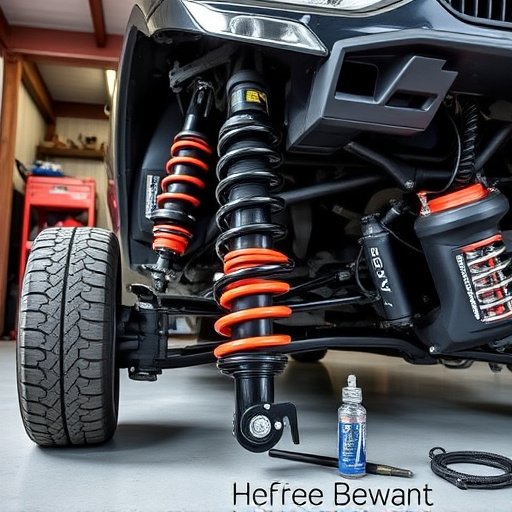
Upgrading your vehicle’s engine air intake isn’t just about boosting performance; it offers a range of long-term benefits that contribute to better overall vehicle health and value. By replacing stock air filters with high-flow variants, you allow for improved airflow, which can lead to enhanced fuel efficiency. This is because the engine mixes more air with fuel, optimizing combustion and reducing wastage. Furthermore, many high-performance air intake systems incorporate advanced materials and designs that minimize restrictions in the airflow path, ensuring your engine receives the maximum amount of cool, dense air for optimal power production.
Beyond performance gains, these upgrades can positively impact other critical vehicle systems. For instance, improved airflow can aid in keeping the engine at a lower operating temperature, reducing wear on both engine components and suspension parts over time. Additionally, some cold air intake systems are designed to draw in cooler air from outside the vehicle, which can enhance brake performance by reducing brake component wear caused by heat build-up during prolonged driving conditions.
Longevity and Cost Savings Strategies
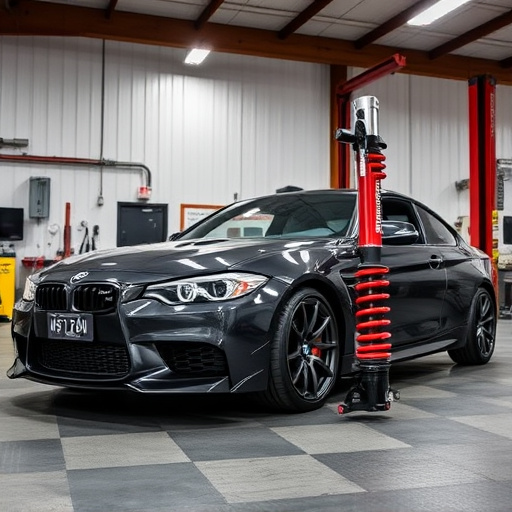
Investing in engine air intake upgrades is a strategic move that can significantly contribute to longevity and cost savings over time. Unlike some aftermarket modifications that may offer temporary boosts, high-quality air intake systems are designed for durability and efficient airflow. By ensuring a steady supply of cold, dense air to the engine, these upgrades can enhance combustion, resulting in improved vehicle performance. This, in turn, leads to better fuel efficiency and reduced wear and tear on critical components.
Over the long term, the cost savings from these upgrades are substantial. Well-maintained air intakes can last for years, outperforming stock systems and many aftermarket alternatives. Additionally, by optimizing airflow, these upgrades can reduce backpressure in the exhaust system, allowing performance exhaust modifications to work more efficiently. This two-pronged approach not only enhances overall vehicle performance but also contributes to the preservation of your investment, making engine air intake upgrades a smart choice for long-term value.
Engine air intake upgrades, beyond enhancing performance, offer long-term value through increased longevity and cost savings. By optimizing air flow, these upgrades can reduce fuel consumption and emissions, contributing to both environmental benefits and economic savings. Investing in high-quality engine air intake systems not only improves your vehicle’s efficiency but also ensures a durable and reliable driving experience for years to come.
